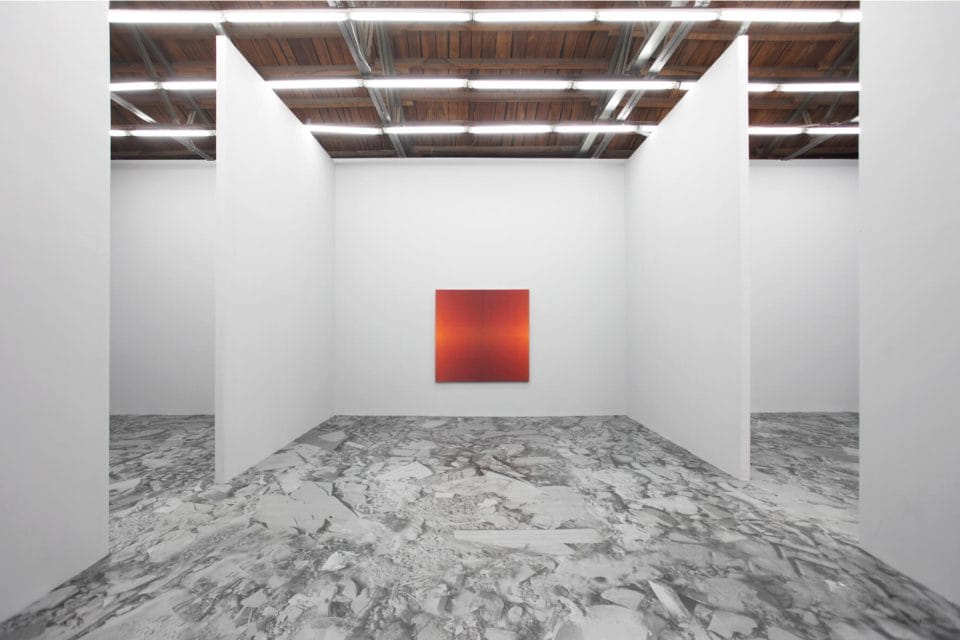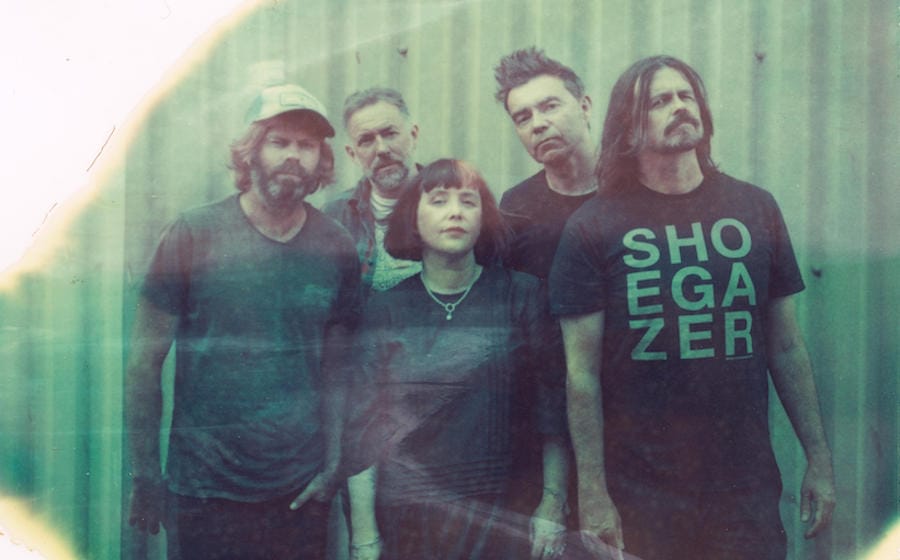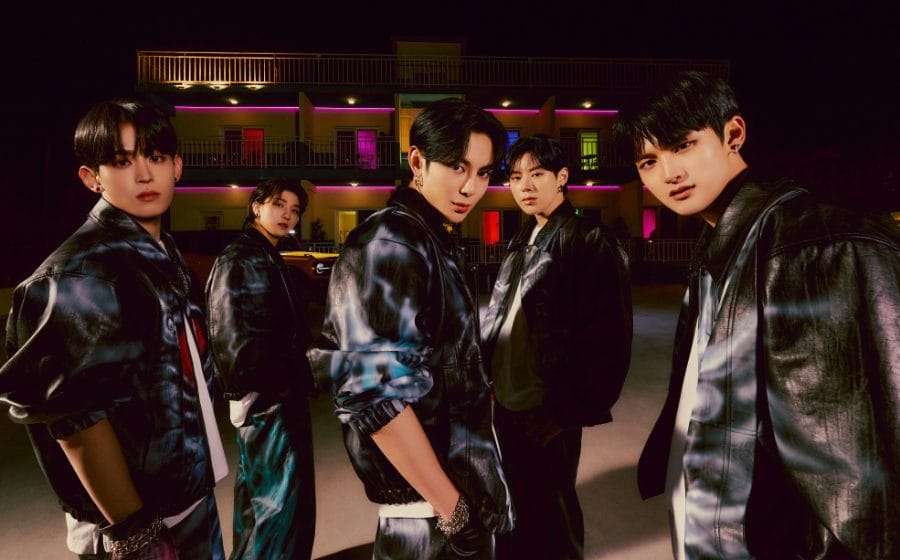If you find a boring or unoccupied moment in Beijing, try the following experiment: open your well-worn travel guide to any page, and count the number of times you spot the words “ancient”, “traditional”, or “the Middle Kingdom”.
It’s hard to separate the real Beijing from the stereotypes, so deeply have they become ingrained. So it’s all the more unexpected when relic-weary visitors learn that Beijing is also a leading centre of modern and contemporary art. Forget about all those kung-fu clichés; the new Chinese artists are in many ways far ahead of their counterparts abroad. Even before Yue Minjun and Ai Weiwei came into the world spotlight, China had a growing network of underground galleries and artists, sometimes operating without official approval. The subculture that emerged was as subversive as it was eccentric.
The following decades elevated modern art from a cultish fringe to a respected form of expression. While the list that follows is far from complete, it offers a brief introduction to some of the most representative spaces in this surprisingly modern spread.
The 798 Arts Zone

The undisputed capital of the modern arts scene is the 798 Art Zone, a half-million square meter complex of red brick at the rim of the Fourth Ring Road. Named for its first incarnation as a military factory, the arts district sprawls over half a million square meters at the rim of the city. Beginning in the 1980s, artists annexed the deserted workshops and squeezed their studios and spaces between the derelict machinery and dripping pipes. Dozens of high-end venues have now set their roots there, as well as many offshoots and branching from institutions abroad.

Visiting the Art Zone is like stepping into an unusually fashionable alternate reality. The factory buildings, designed after the austere functionalism of the fifties — peeling Maoist slogans still visible — have been spray-painted over on every surface, not with slum graffiti but elaborate polychrome murals in intricate detail. A huge bespectacled octopus menaces passers-by, and a giant green rabbit leaps from one of the windows. The central plaza, appositely named Bauhaus Square, is populated by modern sculptures and ringed around with cutesy cafes and vintage shops. At the south end, a stack of railway cars has been turned into a panel of psychedelic murals.
Once through the looking-glass, the first sight is a menagerie of twisted animals, while swarms of brass bugs pour down the steps of a gallery nearby. The creatures of this brass menagerie were welded together together by Zhu Bingren, China’s brightest sculptor in brass and copper and a descendant of a long line of metalworkers. His otherworldly creations, including orchards of blossoming metal trees and alien animals, are on permanent display at the nearby gallery.

A few steps further, the Ullens Center for Contemporary Art is one of the district’s flagship galleries. The Center’s four spaces, guarded by caged dinosaur sculptures — because why the heck not — host about fifteen exhibitions per year, along with film screenings, classes and lectures.
At present the Center is dominated by jarring introspections of modernity and futurism, ranging from drawings to computer and film displays. The current exhibit, ‘The New Normal’, takes its title from a bureaucratic euphemism for diminishing growth and failed promises. True to its name, the exhibit is full of tense forebodings and unsettled cynicism for a post-globalised world. Perhaps the most unnerving display is ‘The Mercy of Not Killing’, a three-dimensional panorama in which spectators feel as if they have the power of life and death. “The important issues invariably are those that exist between people,” curators wrote in their introduction. “Viewers are forced by their proximity to confront a crisis of ‘others’.”

At the South end of the complex, opposite a row of spray-painted murals, the Beijing Commune has launched several of China’s hottest stars. The is a tongue-in-cheek jab at China’s awkward relationship with idealism and orthodoxy, fitting for a space that has incubated several famous upstarts. Its alumni include Yue Minjun, whose laughing self-portraits have become iconic in China’s contemporary art. His Cheshire grin is a sort of mascot for 798, copied in sculptures and paintings throughout the Art Zone.
This is an excerpt of an article written by Andrew Wincheta. Discover the rest of the Chinese capital’s wealth of art in our June/July issue, out now.








